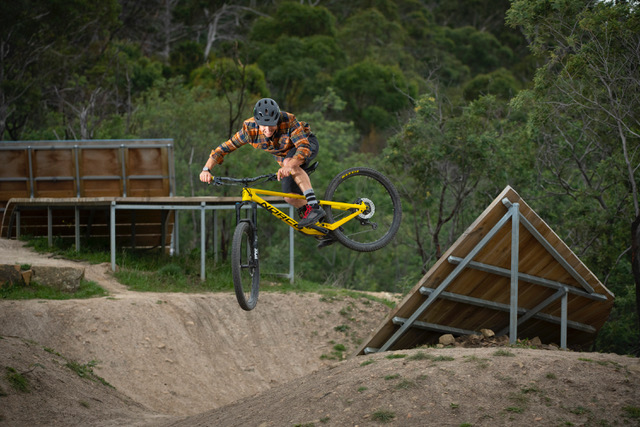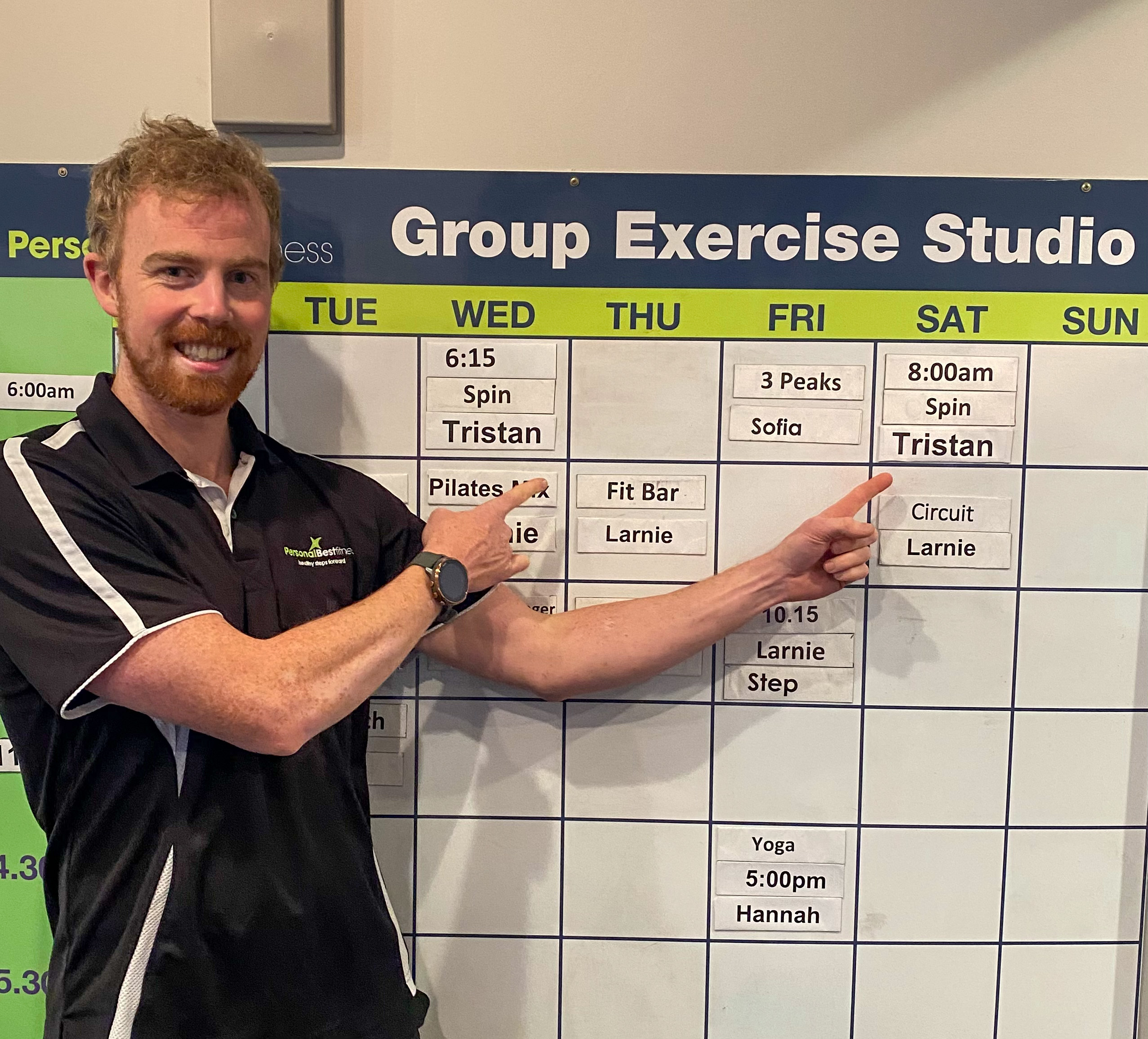
Function and Fiction!
I’ve been in the fitness industry for a while, I’l like to think for long enough to recognise the difference between function and fiction.
If there’s one thing that really bugs me about what I do, it’s what I call the “cerebral onanism” of human movement. You see human movement isn’t that hard, we all start practicing it long before we learn language, and yet I see youtube videos where the explanation of a movement, takes 10 times longer than the movement itself!
I often think, how am I supposed to teach all that instruction, in the time the movement takes?
I can label many of the muscles in the human body in Latin, and every good Personal Trainer should know flexors from extensors, but I cringe when I hear people primarily cuing muscles instead of movement.
If I can get through my life without ever seeing another fitness video where the trainer instructs participants to “engage your core”, I’ll be happy.
Why?
Because while human movement is easy, the human body is an incredibly complex system which thankfully is largely automated because without the automation we would all stop breathing the moment we went to sleep. There are many many muscles in the trunk that our body uses to stabilise the spine in response to different force vectors, velocities, and movements, a handful of which someone decided to label “core”.
The idea that I need to activate muscles in order to move well raises many questions, that I cannot think of good answers too, here are some examples:
I know that there are 3 branches of the thoracodorsal nerve that goes into each of my left and right Latissimus Dorsi, the big muscles in my back I use for pulling actions. But I can’t feel any of them, nor can I point to them without a textbook the way I can point to my big toe. So, If I cannot locate them by feel, how am I supposed calculate how many electrons I need to send to each branch to get the best results based on the angle of my shoulder when I’m pulling?
There are 10 muscles that stabilise the sole of my foot, I can’t think of two things at once, how am I supposed to think about 10?
Does anyone really think Logan was calculating which of his core muscles he needed to activate and how much, in response to his flipping/ twisting inertia and the rapidly changing direction of the pull of gravity when he was 6 metres off the ground in his freestyle BMX final, or was he just thinking about spotting his landing?
I once heard probably the best skateboarder in human history describe a trick as “it’s all in the big toe”, as opposed to saying, “I just activate my Extensor Hallucis Longus”, now if they are both the same thing why does it bug me?
Here’s why:
Done well, explanations of what is occurring during a movement can be informative, and if the client/athlete believes that activating something helps, it probably does, because belief is a powerful performance enhancer. Athletes that believe in a god outperform those that don’t, regardless of which deity they believe in. Who remembers Power Bands?
But what matters is the movement and feeling confident in the movement.
I met someone at a function recently, he told me “I’ve been working with my trainer weekly for years, I never go to the gym without him, because I’m afraid of doing something wrong”,
I changed the topic so I could avoid telling him that if he continued doing this, he would never be fit, strong or healthy.
Similarly, I once overheard someone in the gym saying, “I’d much rather lift light weights with correct form, than trying to lift heavy weights”.
These are both examples of an idea becoming a barrier to movement and human movement is rarely, if ever perfect, but it improves with practice, without doing something wrong, you’ll never do it right.
Our body responds to stimulus, form follows function, it builds muscle in response to regular movement, it lays down myelin around the nerve sheath in response to repetition, tendons thicken in response to loading, our body produces Human Growth Hormone and Testosterone in response to strenuous lifting (heavy things). Lung capacity increases if we regularly get out of breath.
Lean muscle mass, and lung capacity are two of the more reliable predictors of longevity.
Some people don’t have the metrics to be great dead lifters, or rowers, me, I am too tall and have to much bulk to be a great hill climber on the bike. But that doesn’t mean I can’t ride my bike up hills, enjoy doing it, get benefit from it and get better at it. When I think of my most ‘successful’ clients, they all have one thing in common. It’s not a great knowledge of anatomy, nor is it the ability to activate many muscles at once while concentrating on the task at hand. It’s consistency, they exercise regularly, with many of them I know when they will be at Personal Best, even if I’m not there, and because of the work we have done together, I know they are safe and building strength and fitness while practicing the movements I have programmed for them.
I’ll leave you with a case study.
I spent over a decade coaching someone who loved competitive sport and worked very hard at it. During the 15 years we worked together he won state, national and world titles. When we first started working together, he told me “No matter how much I try I can’t activate my glutes”.
Glutes are a hip extensor, it quickly became apparent that he couldn’t get good extension from his hips, and because of this, his glutes were doing very little. So, we spent a year stretching his hip flexors, and all of a sudden, his glutes started working, no thought required! On his part anyway.
Marc Hand
Master Personal Trainer

 Timetable
Timetable 6234 5969
6234 5969
